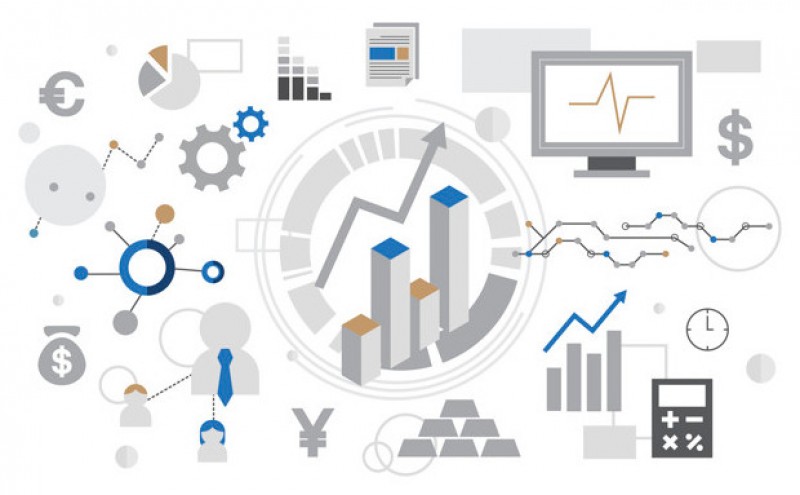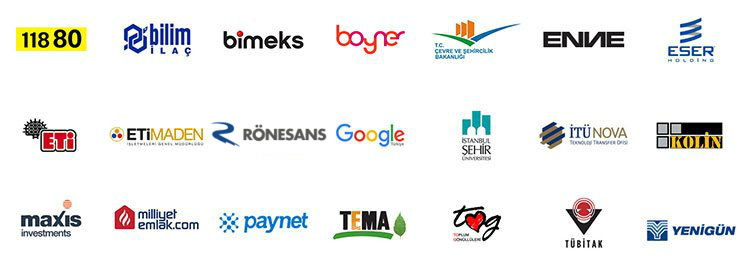
Procurement departments generate a massive amount of data every single day: orders, invoices, contracts, and supplier information.
Hidden within this data are valuable secrets with the potential to reduce costs, increase efficiency, and mitigate risks.
But without the right tools and approach, accessing these secrets is nearly impossible.
The Value Beneath the Surface: Unreachable Savings
Many procurement teams are aware that more savings opportunities exist within their data, but they don't know how to uncover them.
Traditional reporting and spreadsheets only show what has already happened, not what could be possible in the future.
This situation forces teams to navigate as if they were blindfolded.
Decisions are often based on experience and intuition rather than on concrete evidence.
This approach is not a sustainable model in today's competitive business world and keeps the department's true potential under lock and key.
The Cost of Data Chaos: Decisions Based on Guesswork
The inability to effectively leverage data is not just a minor inefficiency; it has tangible and costly consequences.
Significant money is left on the table.
Without data-driven analysis, the negotiating power for better pricing and more favorable terms remains weak.
Contract renewals, lacking historical performance and market data, often conclude in the supplier's favor.
Maverick spend and compliance issues are only noticed during audits or after the fact, when it's too late.
The procurement department struggles to prove its value to the C-suite with compelling, data-backed success stories.
This causes the team to take on a reactive role instead of becoming strategic advisors.
Making Data Talk: Uncovering Hidden Savings with Analytics
Procurement analytics is the key that transforms this data chaos into clarity and unlocks hidden savings.
Analytics allows you to make smarter future decisions by identifying patterns, trends, and anomalies in historical data.
This isn't just a technology; it's a strategic approach that turns procurement from a cost center into a value-creation engine.
What exactly is procurement analytics?
Procurement analytics is the process of collecting, cleansing, classifying, and analyzing procurement data to make better business decisions.
This process goes beyond answering basic questions like "who is buying what, when, where, and for what price?"
Analytics helps you answer "why" by uncovering the relationships within that data and predicting future outcomes.
What are the types of procurement analytics?
We can classify analytics into different types based on their complexity and the level of insight they provide.
Descriptive Analytics: This is the most basic type of analysis and answers the question, "What happened?" Spending reports and basic dashboards fall into this category.
Diagnostic Analytics: This type focuses on the question, "Why did it happen?" For example, it's used to understand why costs in a specific category have increased.
Predictive Analytics: This attempts to forecast "What will happen in the future?" by using historical data. Demand forecasting and predicting price fluctuations fall into this area.
Prescriptive Analytics: This is the most advanced type and answers the question, "What should we do?" It recommends the best course of action to achieve a specific goal.
How does data analytics help in procurement?
Data analytics removes the guesswork from decision-making and replaces it with an evidence-based strategy.
It allows you to objectively measure supplier performance, identify the best negotiation opportunities, and uncover hidden savings.
It also helps you detect potential supply chain risks earlier and proactively manage non-compliant spending.
Ultimately, analytics enables procurement to become more strategic, efficient, and valuable.
Steps to Building a Data-Driven Strategy
You don't need a complex start to harness the power of analytics.
1. Define Your Goals: First, clarify what you want to achieve. Is it to reduce costs, improve supplier performance, or manage risks?
2. Collect and Cleanse Your Data: Gather your data, which may be scattered across different systems (ERP, email, spreadsheets), into a single place. Correct any inaccurate or incomplete data to prepare it for analysis.
3. Choose the Right Tools: Advanced spreadsheet skills may be sufficient to start. However, business intelligence (BI) and procurement analytics platforms designed for in-depth analysis are far more effective.
4. Analyze and Act: Turn the insights you gain from analyzing the data into concrete action plans, such as renegotiating with a supplier or improving an internal process.
Conclusion: From Guesswork to Insight, a New Era in Procurement
Procurement analytics is not just a set of reports or graphs; it is a mindset shift that fundamentally changes the way you make decisions.
By harnessing the power of data, you can transform your department from a reactive operation based on guesswork into a proactive, strategic powerhouse based on insight.
Unlocking hidden savings and proving procurement's value to the company is now more attainable than ever.
This is the new era of making smarter, faster, and more effective decisions in procurement.
How would these strategies impact your team? Continue the conversation by sharing this post on your professional network and tagging Digita Technologies!







